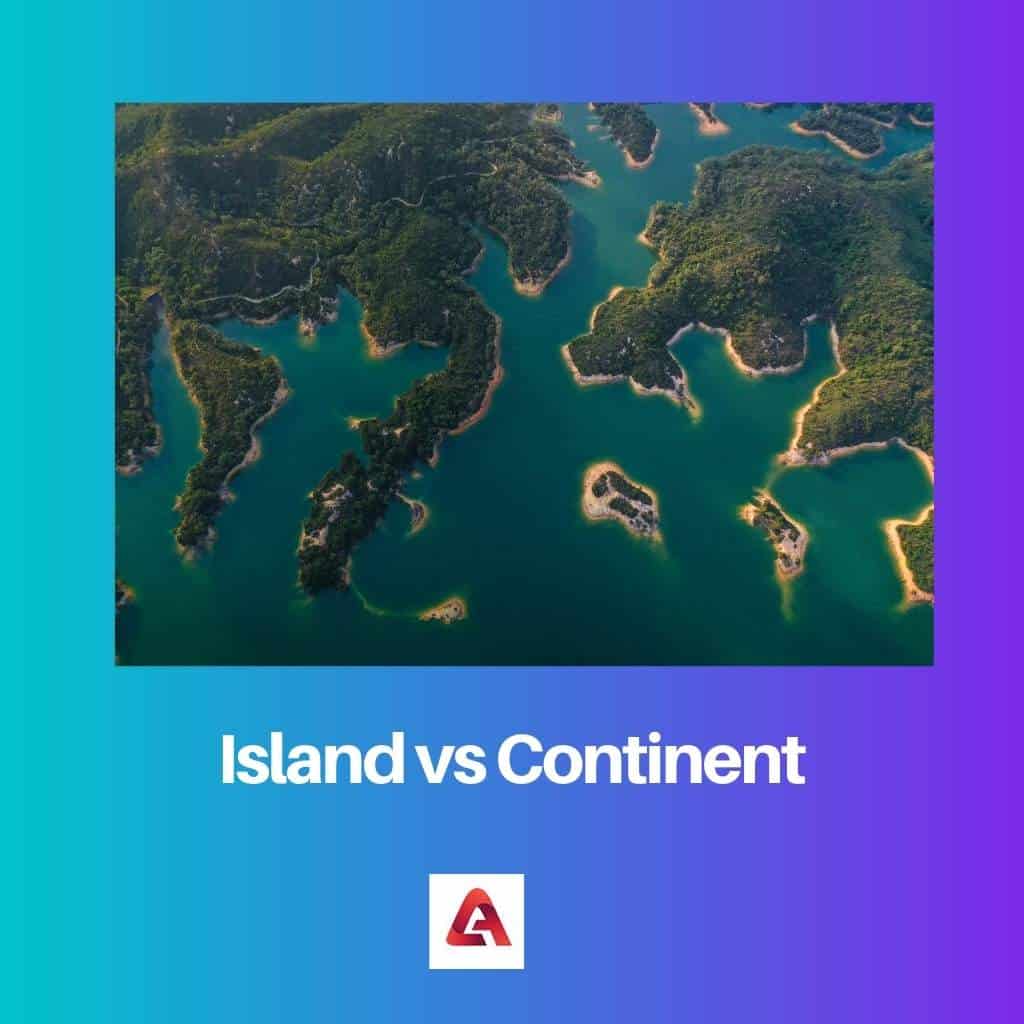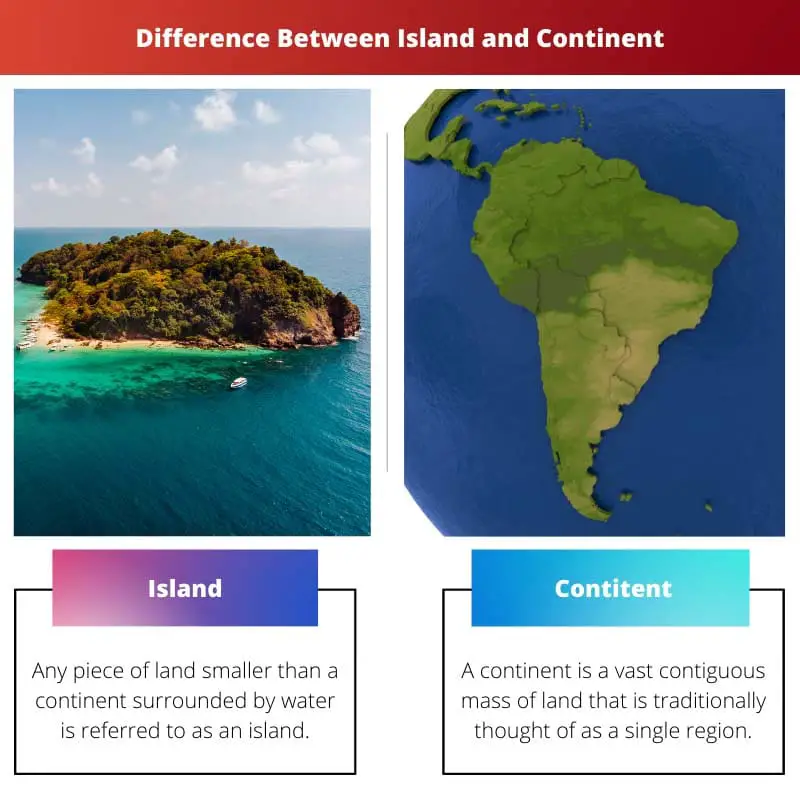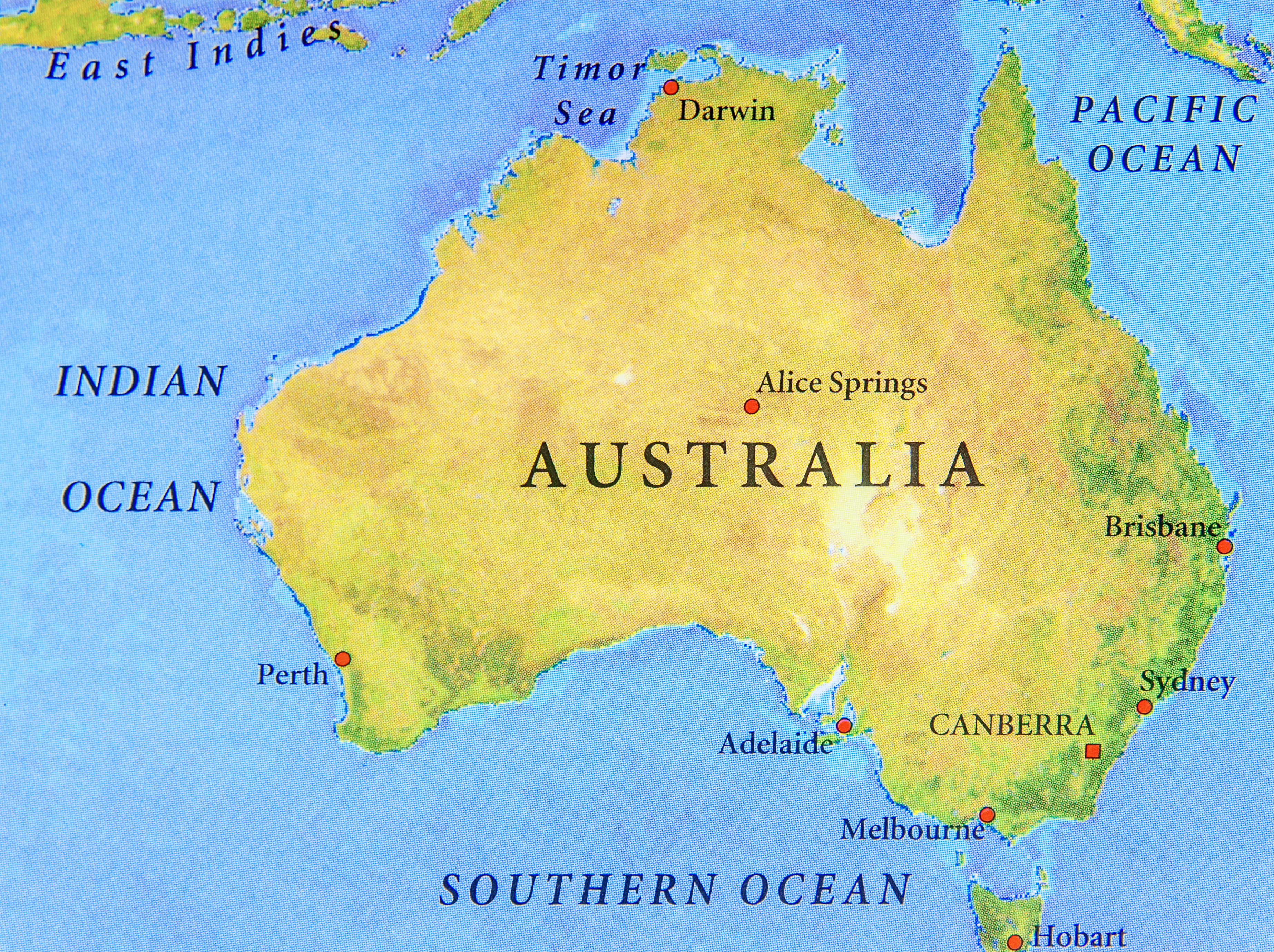Islands and continents are two types of landforms that exist on the planet. They both have distinct features that set them apart from each other. In this article, we will discuss the difference between island and continent.
Definition of Island

An island is a piece of land that is surrounded by water. It can be any size, from a small uninhabited atoll to a large landmass like Australia. Islands can be formed in different ways, such as through volcanic activity or erosion.
One of the key characteristics of islands is that they are isolated from other land masses. This isolation can lead to unique ecosystems, cultures, and histories that are distinct from those found on continents.
Definition of Continent

A continent is a large landmass that is part of a tectonic plate. There are seven continents on Earth: Africa, Antarctica, Asia, Australia, Europe, North America, and South America. Continents are typically larger than islands and are connected to other land masses.
One of the defining features of continents is that they have diverse climates, landscapes, and cultures. This diversity is a result of their size and the fact that they are connected to other land masses.
Size
The size of islands and continents is one of the most significant differences between them. Islands can range from tiny specks of land to large landmasses like Greenland. Continents, on the other hand, are much larger, with Asia being the largest and Australia being the smallest.
Location

Another difference between islands and continents is their location. Islands are typically found in oceans, seas, or lakes, while continents are part of the Earth's crust and are connected to other land masses.
The location of islands can affect their size, climate, and ecosystems. For example, islands located near the equator tend to have a tropical climate, while those in colder regions have a polar or subpolar climate.
Geology

The geology of islands and continents is also different. Islands can be formed through volcanic activity, erosion, or the movement of tectonic plates. Continents, on the other hand, are part of a tectonic plate and are formed through the collision of multiple plates.
This difference in geology can lead to differences in terrain, climate, and ecosystems. For example, volcanic islands tend to have fertile soil and a diverse range of plant and animal species.
Biodiversity

Islands and continents also differ in terms of their biodiversity. Islands tend to have a high level of endemism, which means that many of the plant and animal species found there are unique to that island.
Continents, on the other hand, have a more diverse range of species due to their size and the fact that they are connected to other land masses. This diversity can lead to complex ecosystems and a higher level of competition for resources.
Human History

The human history of islands and continents is also different. Islands can have a unique cultural and historical heritage due to their isolation and limited resources. For example, the Polynesian islands have a rich cultural heritage that has been preserved for thousands of years.
Continents, on the other hand, have a more complex and diverse history due to their size and the fact that they have been connected to other land masses for much of their history. This has led to the development of complex societies, cultures, and civilizations.
Conclusion
In conclusion, islands and continents are two distinct types of landforms that have different characteristics and features. Islands are typically smaller and isolated, while continents are larger and connected to other land masses. They also differ in terms of their geology, biodiversity, location, and human history. Understanding the difference between islands and continents is important for understanding the planet and its natural history.